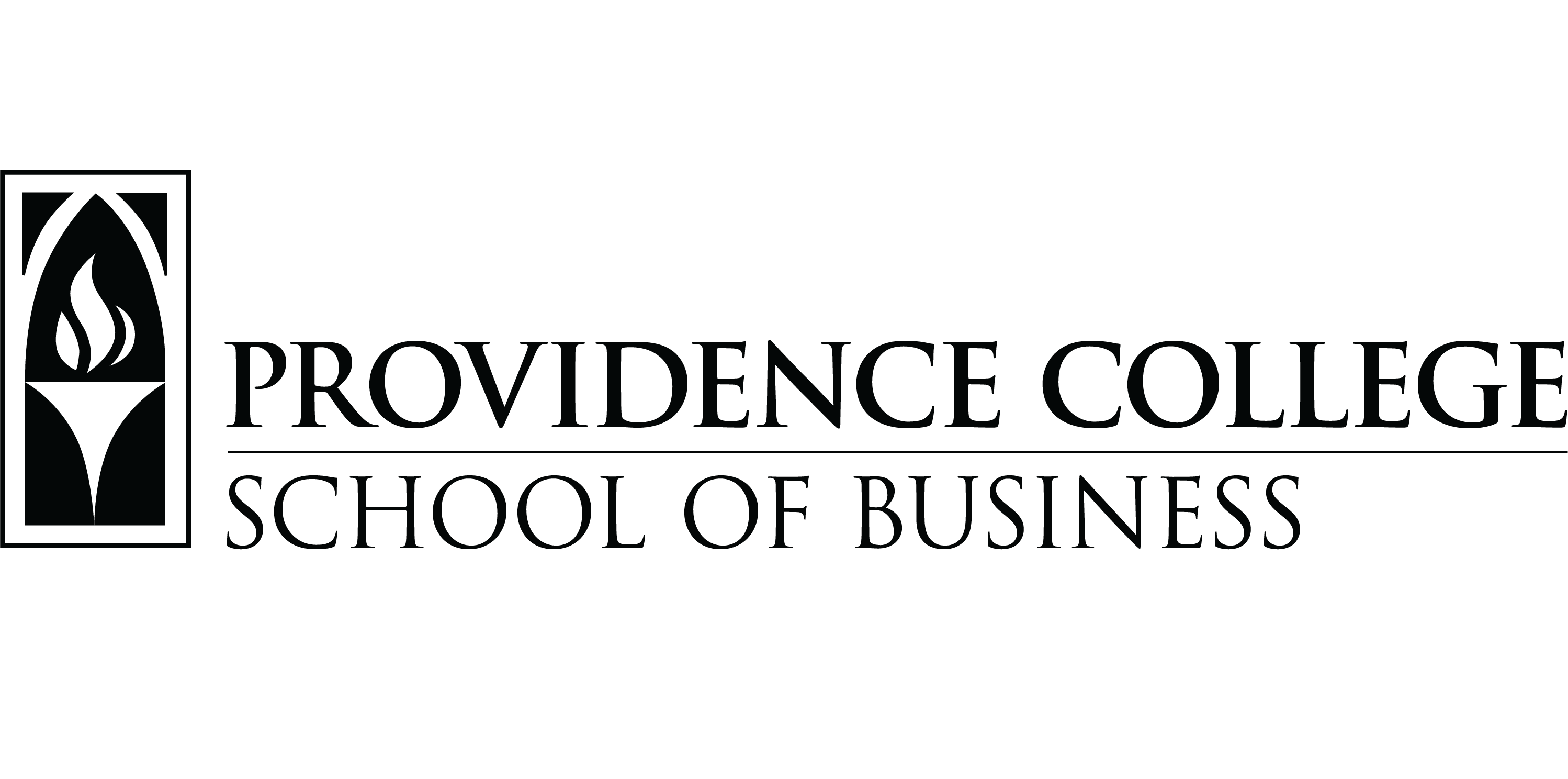When high school seniors receive acceptance letters and choose their future colleges, there are lot of factors to consider. Tuition, college size, and campus food are just a few. There’s another that isn’t talked about as often: how schools grade.
It’s common to hear that work experience matters more than grades, and while that may be true to an extent, it doesn’t mean your grades don’t matter. For people interested in business, a low GPA is a killer if you want to get an MBA some day. According to a recent Forbes article, big companies likes Ernst & Young, Procter & Gamble, and Bank of America expect to see a GPA on your resume.
Grading policies can be pretty complicated, and not every school agrees on the fairest way to go about doing it. Some maintain that bell-shaped curves ensure fairness and keep academic standards high. Others say curves are unfair and foster unproductive competitiveness. Even so, it’s worthwhile to find out how each school on your list grades, and why.
AT INDIANA KELLEY, STUDENT MORALE IS IMPORTANT
At the University of Indiana Kelley School of Business, grading policies are informal, but fairness in grading is a big deal. There’s no curve, but Josh Perry, undergraduate program chair, says they keep an eye out for anything that looks amiss, and the school employs an educational consultant for additional help.
“When department chairs are reviewing courses and grades, if they see something that looks out of line, or something that’s an outlier concerning grade distribution, typically the department chair will have an informal conversation with faculty to explore what’s going on,” Perry says.
The conversation isn’t about a target number for each letter grade, or even about GPA distribution, he says. It’s more about the course itself, what faculty members want students to learn, and how they’re recognizing the work that students invest in the course.
“We’re sensitive to the fact that students want there to be a sense of fairness or appropriateness when it comes to grades,” Perry says. “It can be an issue of student morale if grades are out of whack.”
Student morale is also one of the reasons why Kelley opted against a grading curve. Perry says student collaboration is a big part of the school’s ethos, with a high number of courses including team components, and faculty constantly trying to foster a collaborative learning environment. Something like a forced curve would be antithetical to that objective, Perry says.
“We are always paying attention to the unintended consequences that can flow from policies regarding grades,” he says. “A lot of thought goes into how to keep students motivated.”
‘IF EVERYONE DOES WELL, THEY DO WELL’
The Cornell University Dyson School of Applied Economics likewise employs no curve. Cindy van Es, business professor and statistician, says each faculty member can set their own curve, if they so desire, and that grading is up to the individual.
“I’m a statistician, I teach intro and advanced statistics, and personally, I’m not in favor of curves,” van Es says. “I’m in favor of giving a good hard test, and if everyone does well, they do well.”
She says a bell-shaped curve doesn’t make sense to her. “We have weekly homework, and the exams are pretty rigorous, so I think that it’s odd to require that some students get a lower grade because some got higher.”
Van Es acknowledges that it’s a complicated topic without a clean-cut answer. Grading her quantitative methods class is different from grading a project-based course, she notes, and different subjects have different requirements.














Questions about this article? Email us or leave a comment below.